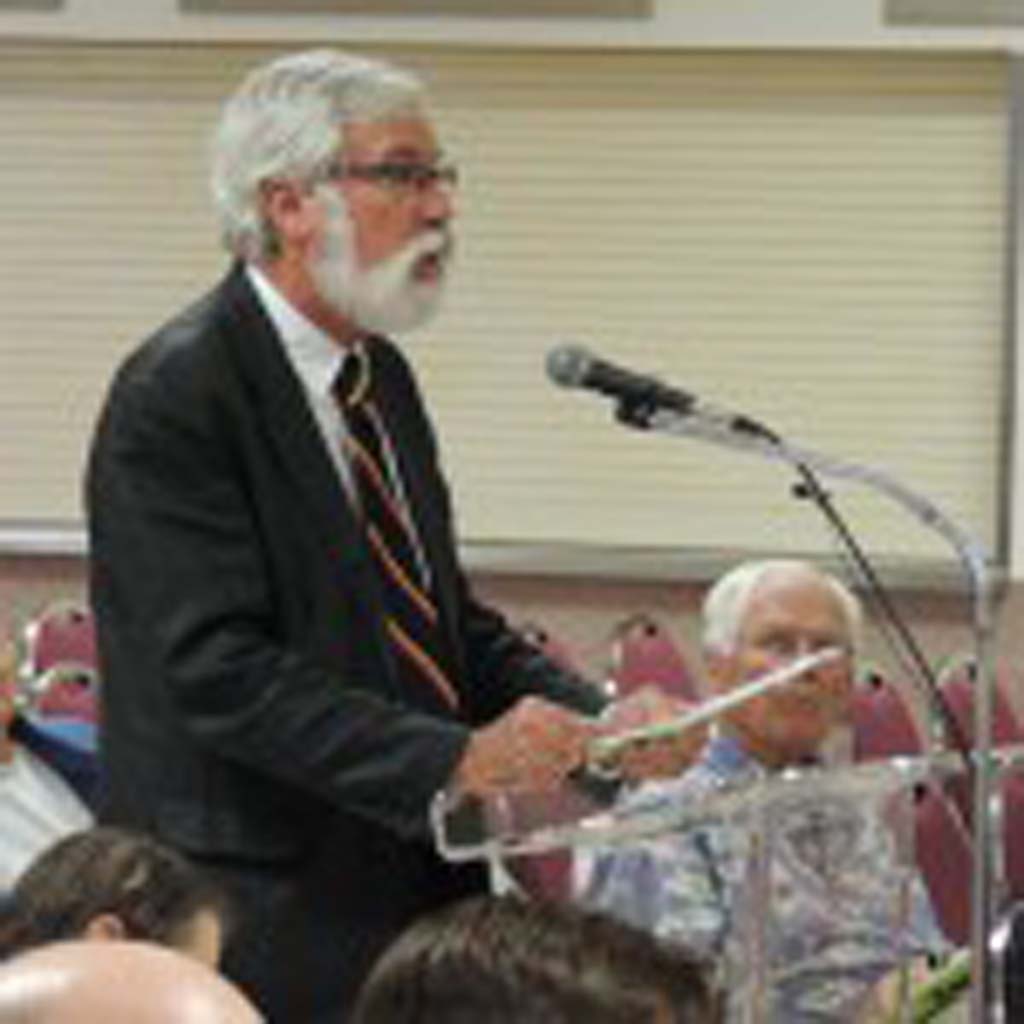It’s secession season again in California. For the seventh time in the last 27 years or so, there’s a movement afoot to split the state.
But while most secession attempts have sought to divide California on a north-south basis, with the divide roughly at the top of the Tehachapi Mountains between Los Angeles and Bakersfield, the latest effort — like the two most recent previous ones — involves far more creative and interesting borders. The previous pair sought east-west splits along political lines, wanting to take the most conservative-leaning parts of California away from coastal counties that tend to vote more liberally.
The newest effort is a completely different twist, even carrying a name: The state of Jefferson.
This one originates in Siskiyou County, a mostly-rural, mountainous area bordering on Oregon that is roughly bisected by the north-south Interstate 5. County supervisors there, confronted by a roomful of citizens frustrated by what they see as neglect and even persecution from state government, voted 4-1early last month to leave. They’d like to take some other Northern California counties and a few from southern Oregon with them.
Supervisors in some neighboring counties will probably vote on the idea soon.
If the state of Jefferson were to become reality, its largest cities might be places like Ashland or Klamath Falls, Ore., or Eureka, in Humboldt County. Should it stretch as far south as Shasta County, Redding would become its metropolis.
Many Siskiyou residents and some in nearby counties are angry over new gun control laws and firefighting fees being assessed by state officials in wildfire-prone areas. They also harbor longtime fears that big cities to the south might one day tap wild and scenic rivers like Eel, Smith or Trinity. They feel unrepresented in Sacramento, and are plainly alienated from the freeway-conscious cultures of Los Angeles and the San Francisco Bay area.
It’s rather ironic that this move comes while California’s governor, for the first time in decades, is a significant rural landowner, Gov. Jerry Brown owning a ranch north of Sacramento.
But the strong odds are that no matter how intriguing the Jefferson idea may be and no matter how valid the grievances of the affected area, this state split will go no farther than all the past efforts.
For one thing, any such split would have to be OK’d by Congress. How many other states will vote, in effect, to give the present California two more seats in the United State Senate? No other state wants its clout diluted.
There’s also the likelihood that the demographic makeup and political leanings of the Jefferson area would assure election of a Republican governor and legislature, something Democrats now controlling Sacramento and the U.S. Senate would resist.
These kinds of factors are significant reasons why there has been no successful state split since the Civil War era, when West Virginia was formed as a pro-Union state after the rest of Virginia became the seat of the Confederacy. Feelings may run high today in some places, but there’s no way an annual fire fee can arouse the same deep feelings as slavery did a century and a half ago.
This doesn’t mean people in rural Northern California aren’t sick of being dominated politically by the big coastal population centers. So the newest state-split advocates have at least something in common with the 28 previous efforts to split the state since California joined the Union, mostly spurred by Northern Californians fearing domination by Los Angeles.
What’s more, secession would require an overall yes vote from all Californians, very unlikely.
The bottom line now, as with past state split efforts, is that it’s not going to happen, no matter how much fun some folks might have while talking up the idea.
But mere talk won’t solve the economic and political problems of the area. Only better representation in both Congress and the Legislature can start doing that, but there’s no prospect most of the current major office-holders whose districts include Siskiyou County will change or grow more effective anytime soon.
Elias is author of the current book “The Burzynski Breakthrough: The Most Promising Cancer Treatment and the Government’s Campaign to Squelch It,” now available in an updated third edition. His email address is [email protected]


